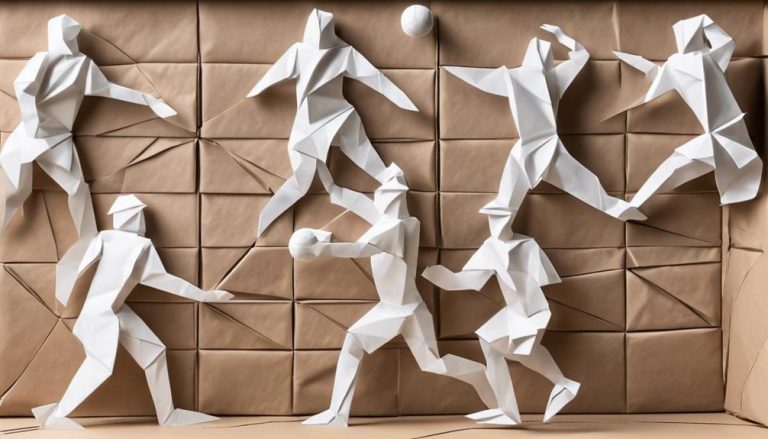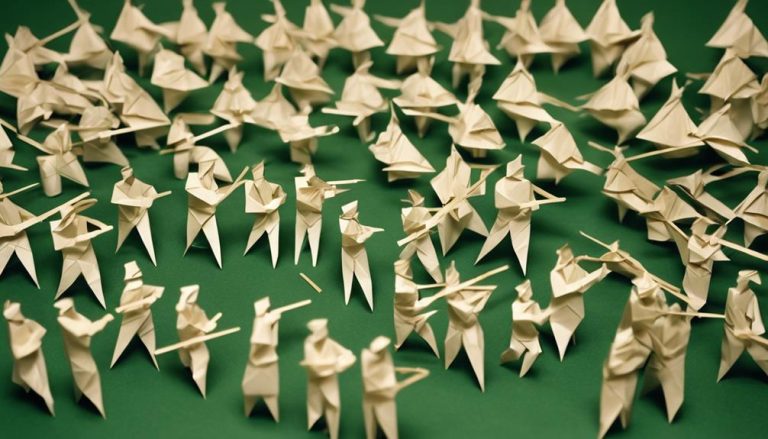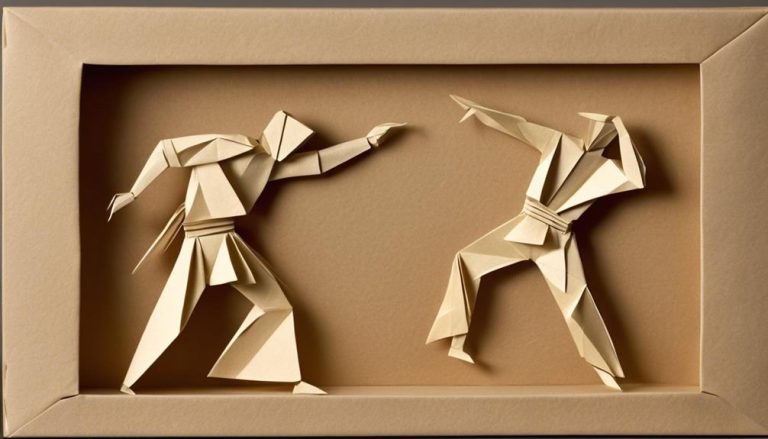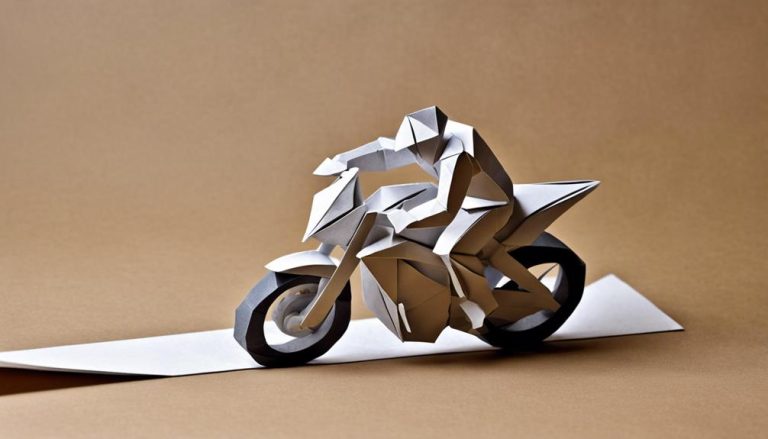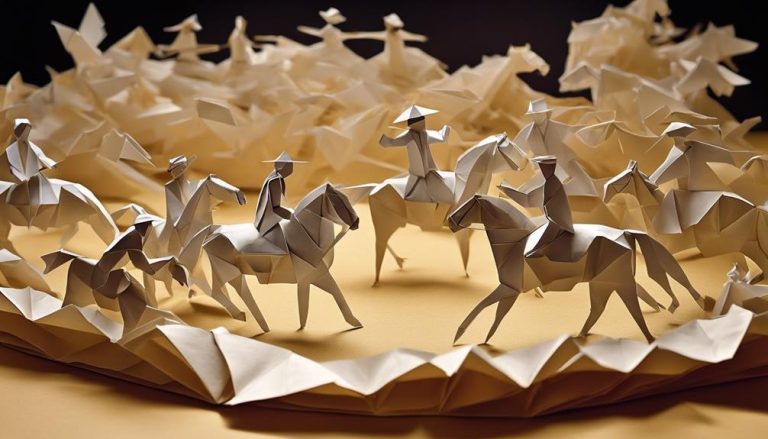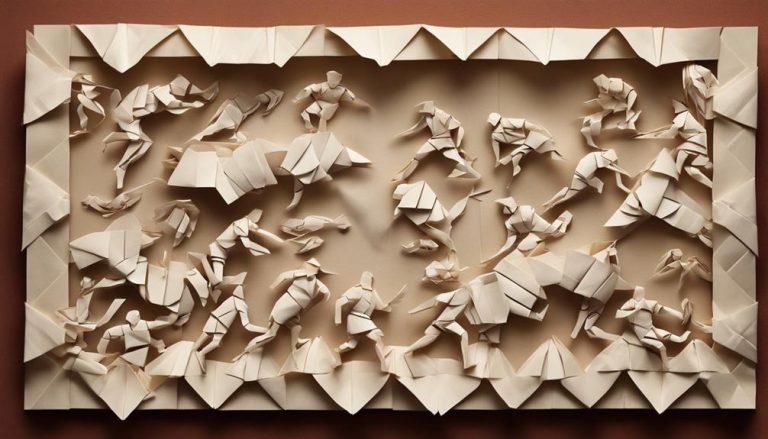General Rules of Padel Sport
Did you know that padel sport is one of the fastest-growing sports globally, with over 20 million players worldwide? Understanding the general rules of padel is essential for enjoying the game to its fullest potential. From the scoring system to the court dimensions and serving rules, each aspect contributes to the dynamic and strategic nature of padel. Let's explore the fundamental rules that govern this exciting sport and elevate your gameplay to the next level.
Scoring System
In padel sport, the scoring system follows a straightforward format that is easy to understand for players of all levels. Matches are usually played as the best of three sets, with each set being the first to reach six games, with a margin of two games. If the set reaches a tie at 6-6, a tiebreaker game is played to determine the winner of that set.
When it comes to point distribution, points are won in a rally format where each point is counted as 15, 30, 40, and then the game. However, if both teams reach 40-40, known as deuce, one team must win two consecutive points to secure the game.
Game strategy in padel is critical. Players must not only focus on hitting the ball over the net but also utilize the walls strategically to outmaneuver their opponents. The key is to maintain good positioning on the court and communicate effectively with your partner to anticipate shots and cover the court efficiently.
Match duration in padel can vary depending on the level of play and the number of sets required to win. Generally, matches can last anywhere from 1 to 2 hours, making it a relatively quick-paced sport that offers excitement and intensity from start to finish.
Court Dimensions
The size of the Padel court and the placement requirements for the net are vital elements to ponder in the game. Understanding the dimensions of the court and where the net should be positioned will help you play according to the rules. These points are fundamental in ensuring a fair and competitive match.
Size of Padel Court
Measuring 20 meters in length and 10 meters in width, the standard padel court dimensions provide a defined playing area for participants. The size of the court is important for maintaining fairness and ensuring an exciting game experience. Here are some key aspects related to the size of a padel court:
- Court surface types: The surface of the padel court can vary, with artificial turf being a common choice for its durability and low maintenance requirements.
- Maintenance: Regular maintenance of the court surface is essential to guarantee safety and proper gameplay.
- Lighting, temperature considerations: Adequate lighting and temperature control are important factors to take into account for playing comfortably and safely, especially in indoor courts.
Understanding these aspects will enhance your overall padel playing experience.
Net Placement Requirements
For players to adhere to the net placement requirements in padel sport, ensuring a fair and competitive game is essential. Net height regulations dictate that the net should be 20mm lower in the center than at the ends, measuring 88cm at the edges and 92cm at the center. This slight slope helps prevent balls from getting stuck at the top of the net during play. Additionally, net tension requirements specify that the net should be taut to avoid any sagging that could affect gameplay. Ensuring that the net meets these regulations is vital for maintaining a level playing field and allowing players to showcase their skills without any unfair advantages. Adhering to these standards promotes fairness and enhances the overall padel experience for all involved.
Serving Rules
When serving in padel sport, players must follow specific guidelines to verify a fair and proper start to the point. To guarantee a successful serve, here are some key rules to keep in mind:
- Service Box Placement: The serve must be executed from behind the baseline and can land in any diagonal box on the opponent's side. The server cannot touch the court's lines during the serve.
- Contact with the Ball: The server must hit the ball below waist level. The racket head cannot be higher than the wrist when striking the ball. Failure to comply results in a fault.
- Double Bounce Rule: After the serve, the ball must first bounce on the receiver's side and then on the server's side before players can hit it in the air. This double bounce rule guarantees fairness and equal opportunities for both teams.
Following these serving rules is important for maintaining a fair and competitive game. By understanding the proper technique and developing strategic serves, players can set the tone for a successful point. Mastering the serve not only puts pressure on the opponents but also allows players to take control of the game right from the start.
Playing Equipment
When playing padel, make sure you have the right equipment. You'll need appropriate rackets and balls, court shoes, and it's recommended to wear protective eyewear. Having the correct gear can enhance your performance and keep you safe on the court.
Rackets and Balls
Rackets and balls are essential pieces of equipment in padel sport, critical for gameplay and performance. When selecting your gear, consider the following:
- Grip Techniques: Master different grip styles to improve control and power during your shots.
- Swing Patterns: Practice various swing patterns to adapt to different game situations and opponents effectively.
- Material Choices: Choose rackets made from materials like carbon fiber for a balance of power and control, while also considering durability concerns.
Understanding these aspects will enhance your overall performance on the padel court. Experiment with different rackets and balls to find what works best for your playing style and skill level.
Court Shoes Required
Court shoes are an essential requirement for playing padel, providing players with stability and traction on the court. Proper footwork is vital in padel to reach the ball effectively and maintain balance during rallies. Court shoes are designed with specific features to support lateral movements and sudden stops, aiding in quick adjustments on the court. The shoe grip is a key element that helps prevent slipping, allowing players to move confidently and execute shots accurately. Choosing court shoes with good traction can enhance your performance and reduce the risk of injury on the court. Remember, investing in proper court shoes is fundamental for enjoying a safe and dynamic padel experience.
Protective Eyewear Recommended
For enhanced safety on the padel court, it is advisable to contemplate wearing protective eyewear while playing. Protective eyewear can greatly reduce the risk of eye injuries during a fast-paced game. Here are some key points to ponder when it comes to protective eyewear:
- Eyewear Options: There are various styles of protective eyewear specifically designed for padel sports, offering a comfortable fit and clear vision without compromising safety.
- Benefits: Protective eyewear can shield your eyes from fast-moving balls, accidental racquet strikes, or debris on the court, ensuring uninterrupted gameplay.
- Safety Precautions Importance: Prioritizing safety by wearing protective eyewear is essential to prevent any potential eye injuries that could occur while playing padel.
Faults and Penalties
In Padel Sport, players can incur faults and penalties for various infractions during a match. When it comes to faults, there are several consequences that a player may face. If a player serves the ball and it hits the back wall before hitting the ground on the opponent's court, it results in a fault. Additionally, if a player fails to hit the ball within the guaranteed two attempts, it also constitutes a fault. These faults can lead to the loss of a point or the opportunity for the opponent to serve.
On the other hand, penalties in Padel Sport are enforced for more serious violations. For instance, deliberately hitting the ball out of the court or into the opponent at close range can lead to penalties. Players may also receive penalties for obstructing their opponents or using unsportsmanlike conduct during the game. Penalties are more severe than faults and can result in the loss of multiple points or even disqualification from the match.
It is essential for players to comprehend the rules regarding faults and penalties in Padel Sport to guarantee fair play and sportsmanship on the court. By being aware of these consequences and abiding by the regulations, players can enjoy a competitive yet respectful game.
Doubles Vs. Singles Variations
When playing Padel Sport, understanding the differences between doubles and singles variations is important for strategic gameplay. In doubles, the dynamics and strategies differ from singles play, impacting skill levels and communication between players. Here are three key points to take into account:
- Strategy Differences: Doubles matches require a different approach compared to singles. In doubles, players need to coordinate with their partner, covering specific areas of the court to maximize their strengths and cover weaknesses. Communication is vital to guarantee effective teamwork and capitalize on opportunities during the game.
- Skill Levels: Doubles variations often demand a higher level of skill due to the need for effective communication and positioning. Players must not only excel individually but also complement each other's strengths and cover each other's weaknesses. This heightened level of skill adds an extra layer of complexity to doubles matches, requiring players to be versatile and adaptable on the court.
- Communication and Positioning: Unlike singles, where players are solely responsible for their side of the court, doubles necessitates constant communication and precise positioning. Players must be aware of their partner's movements, anticipate shots, and adjust their positioning accordingly. Effective communication and seamless coordination can make a significant difference in doubles matches, allowing players to outmaneuver their opponents strategically.
Understanding these differences between doubles and singles variations is essential for players looking to excel in Padel Sport, as it can have a notable impact on their overall performance on the court.
Frequently Asked Questions
Can Players Switch Sides During a Match in Padel Sport?
Want to know if players can switch sides during a padel match? Absolutely! Player rotation in padel allows for strategic court positioning, effective communication tactics, and overall better gameplay. It's a smart move!
Are There Any Restrictions on the Clothing and Shoes Players Can Wear During a Padel Match?
When playing padel, follow equipment regulations and player attire restrictions. Clothing should be suitable for movement, and non-marking shoes are essential. Comply with these guidelines to guarantee fair play and a safe match.
Are There Any Specific Rules Regarding Coaching or Receiving Advice During a Padel Match?
During a match, coaching etiquette in padel involves on-court communication between players and their coach. It's important to remember that coaching should be discreet and not interfere with the flow of the game.
Is There a Limit to the Number of Times a Player Can Hit the Ball off the Walls Before It Must Cross the Net?
In padel, remember the wall strategy is important. Practice ball control as you hit off the walls. Rotate with your partner efficiently. There's no limit to wall hits, but make sure the ball crosses the net after each.
Are There Any Specific Rules or Guidelines for Spectators Watching a Padel Match?
As a spectator, remember your role in the game dance. Respect the players by adhering to spectator etiquette. Find the best viewing angles to enjoy the match fully without interfering with the players' focus.

